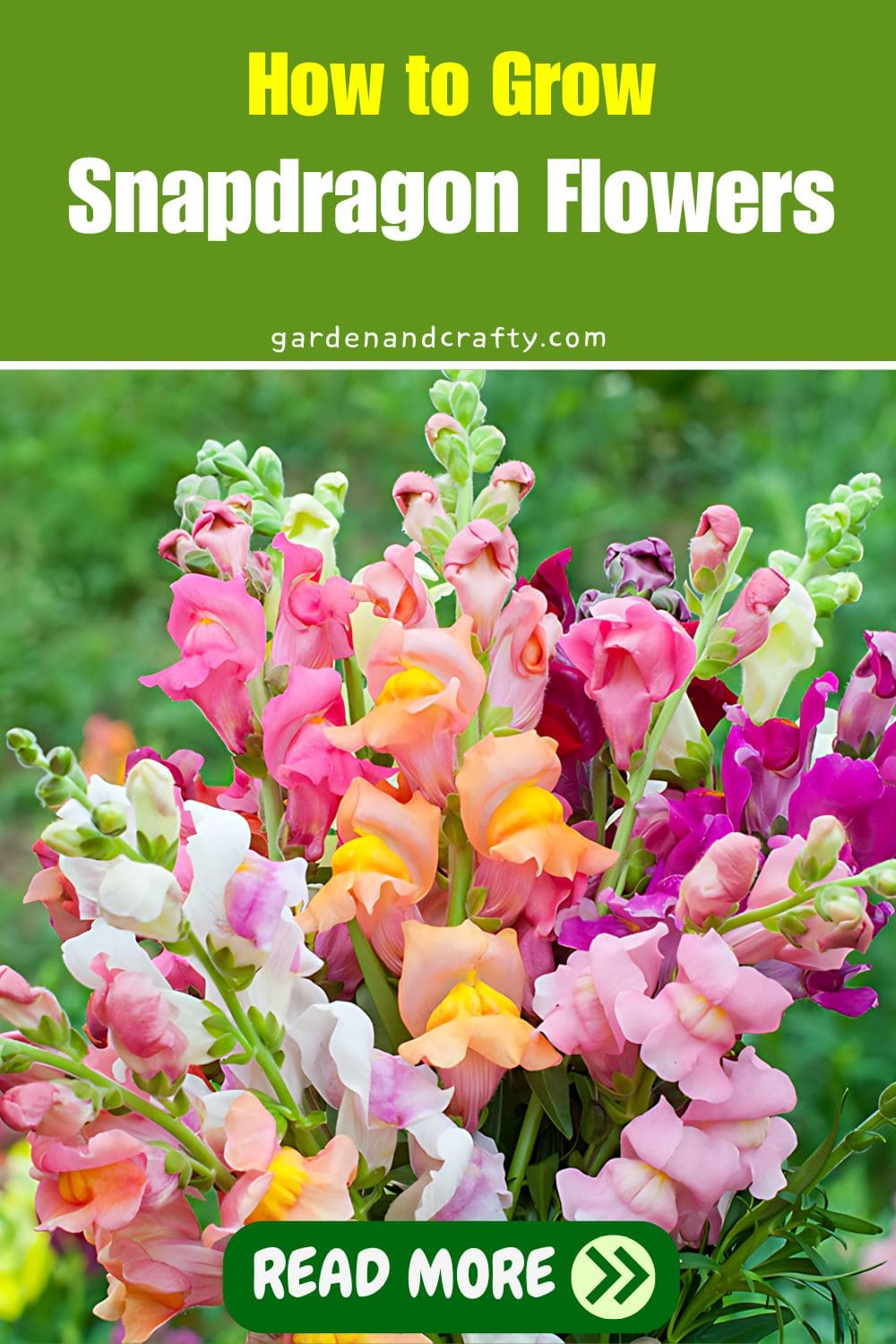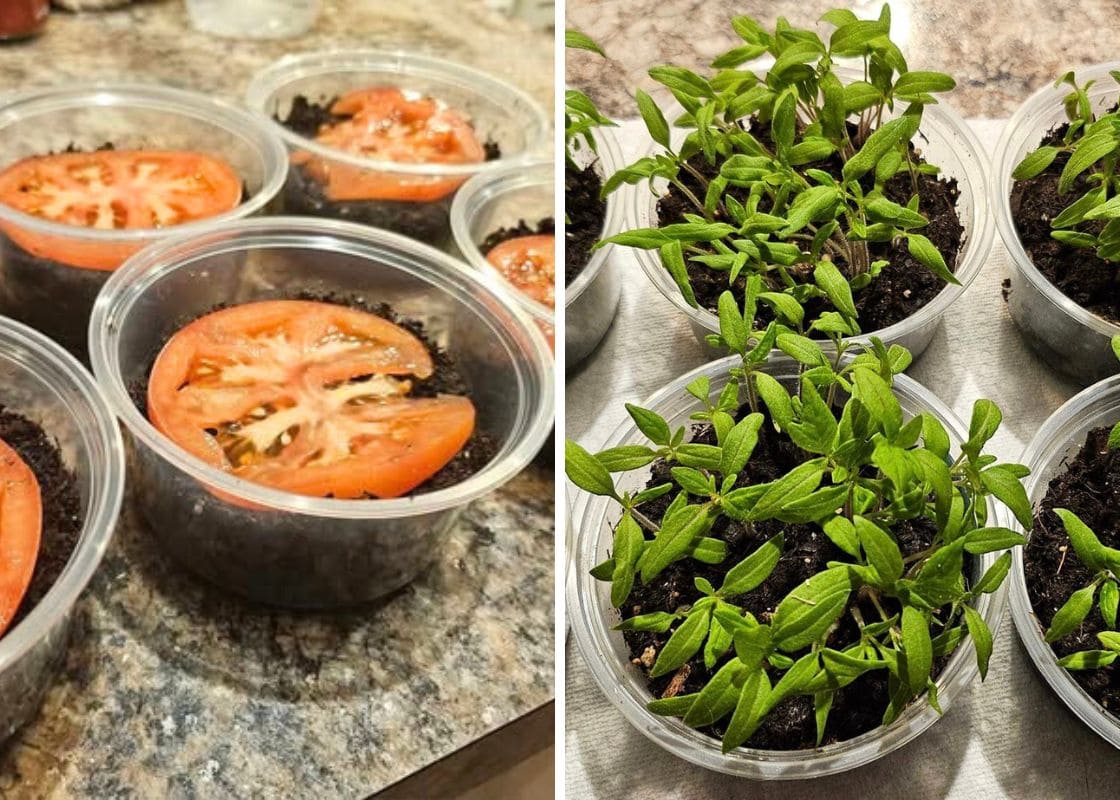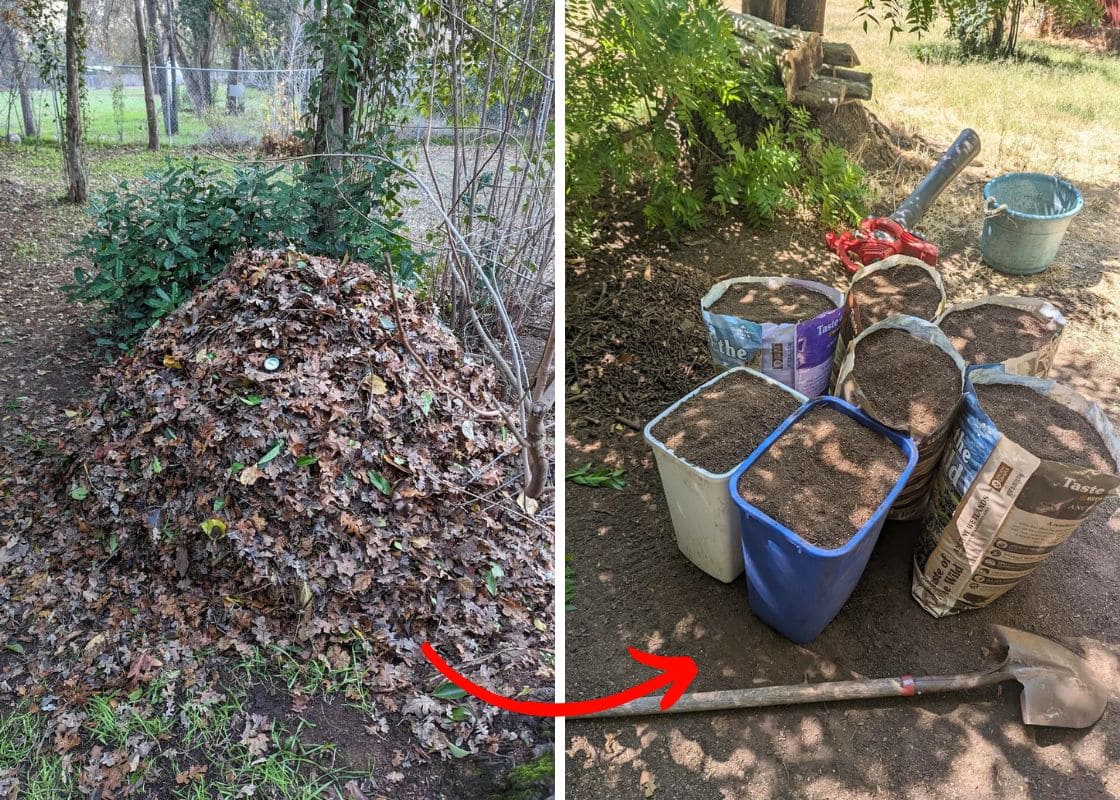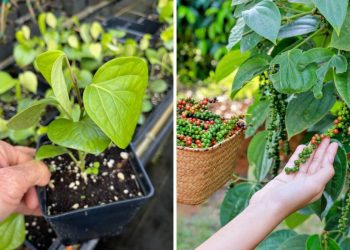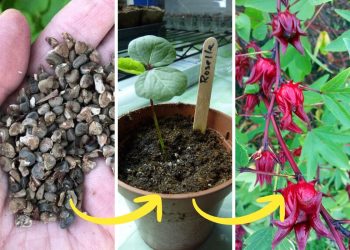Snapdragons have always captivated me with their vibrant hues and whimsical dragon-like blooms.
I remember the first time I planted them in my garden; their soft pastels and bold, striking colors transformed my backyard into a magical haven.
They graced my garden with continuous beauty from spring through fall, bringing life and cheer even on the dullest days.
If you’re looking to add a burst of color and joy to your outdoor space, snapdragons are a perfect choice.
Summary:
- Snapdragons are beloved for their colorful and whimsical dragon-like blooms adding beauty from spring to fall.
- You can propagate snapdragons by seeds, cuttings, or root division.
- Snapdragons thrive in well-drained, fertile soil with full sun to partial shade. Regular watering, deadheading, and fertilizing, along with monitoring for pests and diseases.
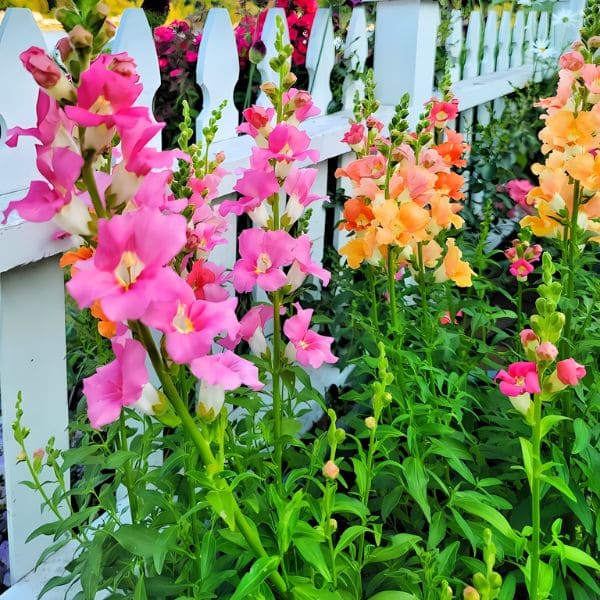
| Scientific name | Antirrhinum majus |
| Common name | Snapdragon, dog’s mouth, lion’s mouth, toad’s mouth |
| Family | Plantaginaceae |
| Plant Type | Perennial, annual |
| Height | 6-48 in. tall, 3-12 in. wide |
| Sunlight | Full sun |
| Soil | Moist, well-draining |
| Flower Color | White, yellow, pink, red, orange, purple |
| Flowering Season | Spring, summer, fall |
| Habitat | Mediterranean, Europe, Asia |
Propagation
Propagation by Seeds
I really love collecting seeds from mature pods in my garden, then store them in a cool and dry place until planting time.
You should start seeds indoors 6-8 weeks before the last frost. Next, fill seed trays with a seed-starting mix, scatter the seeds on the surface, and lightly press them in.
Also, you need to mist the soil lightly and place the trays in a warm, bright spot or under grow lights. Within 10-14 days, you’ll see seedlings.
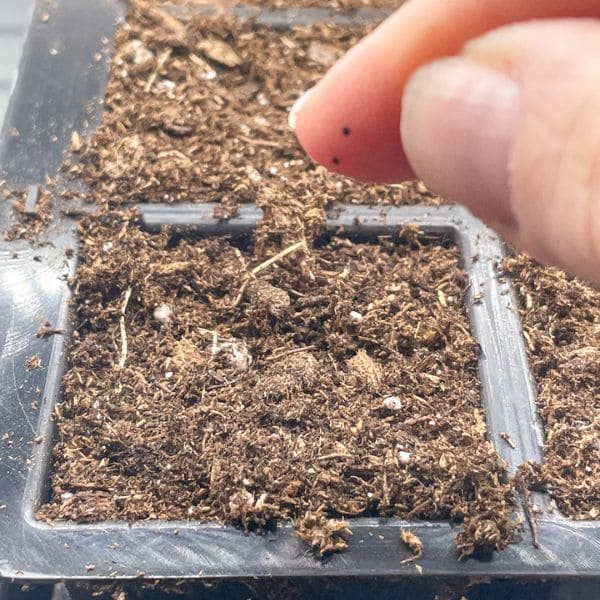
When the seedlings have 2-3 sets of true leaves, gradually expose them to outdoor conditions. Now you can transplant them into your garden and space them 6-12 inches apart.
Propagation by Cuttings
If you want to try on cutting method, choose healthy, non-flowering shoots from a mature plant then snip a 2-inch section just below a leaf node.
Next, you need to dip the cut end in rooting hormone and plant it in a pot under indirect sunlight.
In about 2-3 weeks, roots should form. Then you can transplant them into your garden, spacing them 6-12 inches apart.
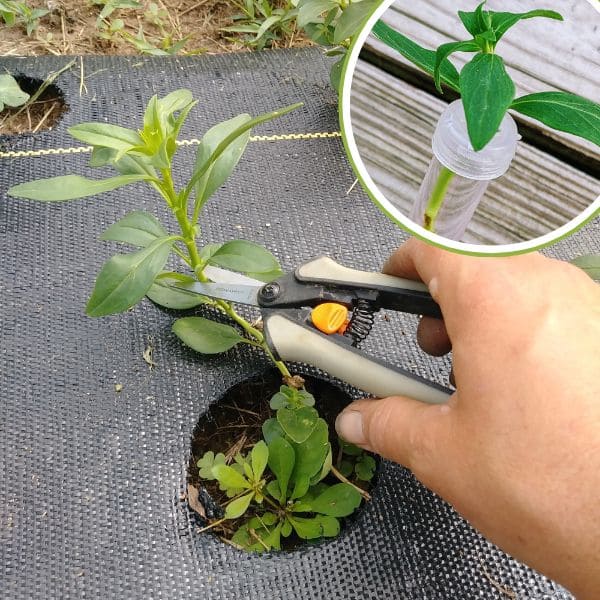
Propagation by Root Division
To this method, you can start by watering the plant thoroughly the day before to ensure the roots are hydrated.
The next day, you gently dig around the base with a spade or garden fork and shake off the excess soil to get a clear view of the root system.
Now, use sharp pruning shears or a knife to divide the root ball into smaller sections and plant each division at the same depth as the original.

Growing Snapdragon Flowers (From Seeds)
Preparation
There are so many varieties of snapdragon flowers. Here are the best common ones that you can refer to:
Dwarf (6 to 15 Inches Tall)
- Floral Showers: perfect for edging and containers, available in various vibrant colors.
- Frosted Flames: variegated foliage and bright flowers in red, pink, and yellow.
- Magic Carpet: spreading habit ideal for ground cover and borders, with a mix of colors.
- Montego: early blooming, suited for pots and garden beds, in a broad color palette.
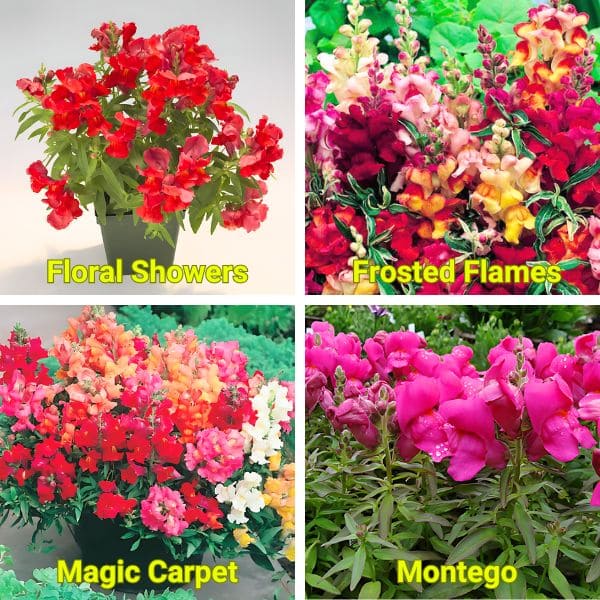
Medium or Intermediate (15 to 30 Inches Tall)
- Bridal Pink: soft pink blooms, ideal for mid-border plantings and bouquets.
- Liberty: sturdy stems, and vibrant colors, excellent for cut flowers.
- Lucky Lips: known for their unique lip-shaped flowers in various colors.
- Opus: upright growth with large blooms, great for flower beds.

Tall (30 to 48 Inches Tall)
- Chantilly: open-faced flowers in pastel shades, ideal for cutting.
- Maryland Plumblossom: with lavender-pink blooms, perfect for tall garden borders.
- Potomac: strong stems, and long-lasting blooms, excellent for cutting.
- Rocket: classic snapdragon with dense flower spikes in various colors.
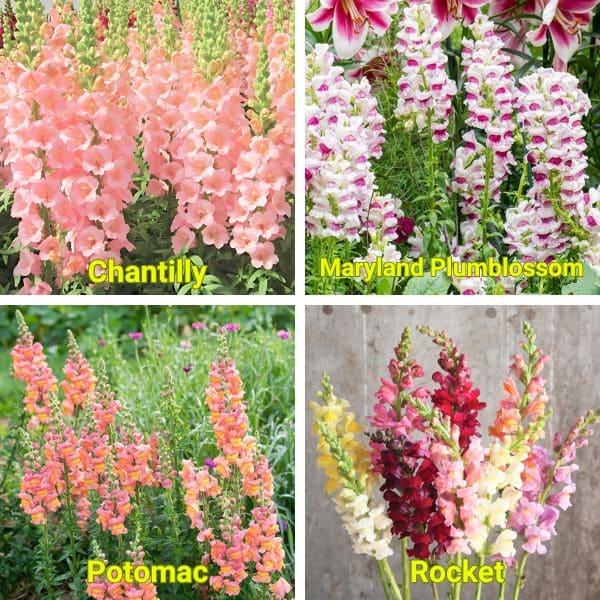
You should prepare well-drained soil rich in organic matter, with a pH between 6.2 and 7.0. Also, a spot in the garden that gets full sun to partial shade is necessary.
Especially, you need to use a sterile seed-starting mix to keep diseases at bay. I recommend buying high-quality ones from a reputable supplier.
Growing Indoors
Growing snapdragons indoors can be quite rewarding. In the Upper and Middle South, start seeds under lights about eight weeks before the last frost. In warmer regions, sow seeds at the end of September for a late November planting.
Fill seed trays with moistened seed-starting mix and sprinkle the fine seeds on top, pressing them gently without covering them. Place trays under grow lights for 14-16 hours daily, adjusting the height as the plants grow. Mist the seeds frequently, as they need consistent moisture to germinate, which can take up to two weeks.
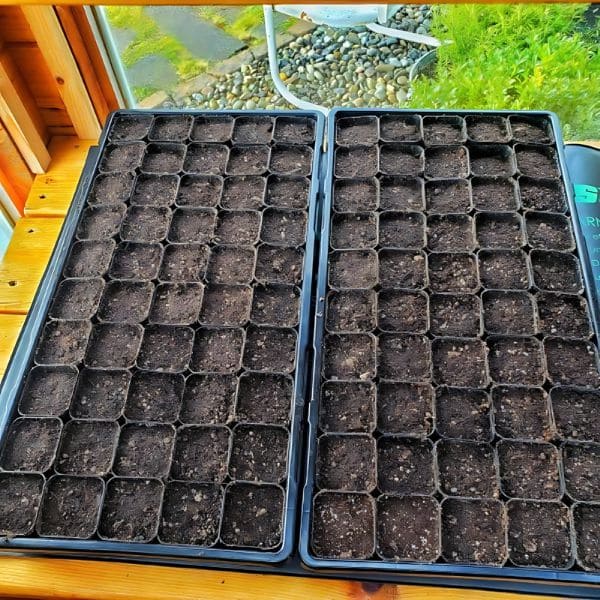
Transplanting Outdoors
As the seedlings grow, water less often and thin out the weaker ones. Acclimate seedlings to outdoor conditions over 1-2 weeks by placing them outside for a few hours daily. Loosen the soil to a depth of 12-15 inches and mix in compost for better fertility and drainage. Plant the snapdragons 6-12 inches apart, just before the last frost.
Water thoroughly after transplanting and apply a 2-3 inch layer of mulch to retain moisture and suppress weeds. Planting marigolds nearby adds color and repels pests like aphids and whiteflies. This method has always yielded beautiful results in my garden.
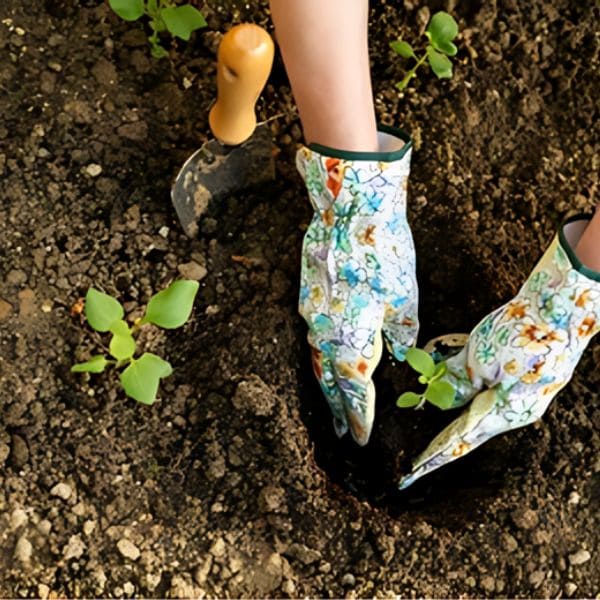
Care for Snapdragon Flowers
Here are main requirements for growing snapdragon flowers:
- Prefer well-drained, fertile loamy soil with a pH between 6.0 and 7.5.
- Grow in full sun to partial shade, requiring at least 6-8 hours of sunlight daily.
- Water deeply 1 inch of water per week.
- Regular deadheading to encourage new blooms.
- Bumblebees pollinate snapdragon flowers, and they attract hummingbirds.
Light
Snapdragons need 6-8 hours of sunlight each day to thrive, preferring full sun to partial shade. In very hot weather, they might cease blooming. To help them endure summer heat, plant them where they get afternoon shade and keep the soil consistently moist; they often bloom again in fall.
Soil
Snapdragons prefer well-drained, fertile loamy soil with a pH between 6.0 and 7.5. This type of soil retains necessary moisture while allowing excess water to drain, preventing root rot.
Enhance soil fertility and structure by incorporating compost or organic matter, ensuring a healthy environment for snapdragons to thrive.
Water
Snapdragons need about 1 inch of water per week, requiring consistent moisture. Water deeply once or twice a week, preferably in the morning. Let the top inch of soil dry before watering again. Water near the plant’s crown and avoid overhead watering. Mulch to help retain moisture, especially during hot weather.
Temperature and Humidity
Snapdragons thrive in temperatures between 60°F to 75°F (15°C to 24°C) and prefer cooler conditions, with nighttime temperatures in the low 40s F and daytime temperatures in the low 70s F. They are hardy in USDA zones 7-11 but are often grown as annuals in cooler months.
Once established and hardened off, snapdragons can endure sub-freezing temperatures. Keeping them well-watered and adding pine straw mulch during cold spells helps them survive until warmer weather returns.
Pruning
Pruning snapdragons promotes bushier growth and more blooms. When the plant reaches about 4 inches tall, pinch back the top inch to encourage side shoots, enhancing flower production.
Use clean, sharp shears and make cuts at a 45-degree angle for precision. For taller varieties, pinching prevents flopping. Regularly deadhead spent flowers to stimulate continuous blooming.
Fertilizer
Apply a balanced fertilizer, such as NPK 10-10-10, monthly during the growing season. Use about 1 tablespoon per square foot, ensuring even distribution. Avoid excessive nitrogen to prevent weak stems. Fertilize when planting and again as blooms appear to support healthy growth and abundant flowers.
Staking
For tall snapdragon varieties, staking provides crucial support. Insert stakes near the plants and tie the stems loosely with soft twine to prevent flopping. This helps maintain an upright growth habit, especially during windy conditions or heavy blooms.

Pests and Diseases
Snapdragons can suffer from pests like aphids, spider mites, and caterpillars, which cause distorted growth and leaf damage. Monitor plants regularly and treat infestations with insecticidal soap or neem oil.
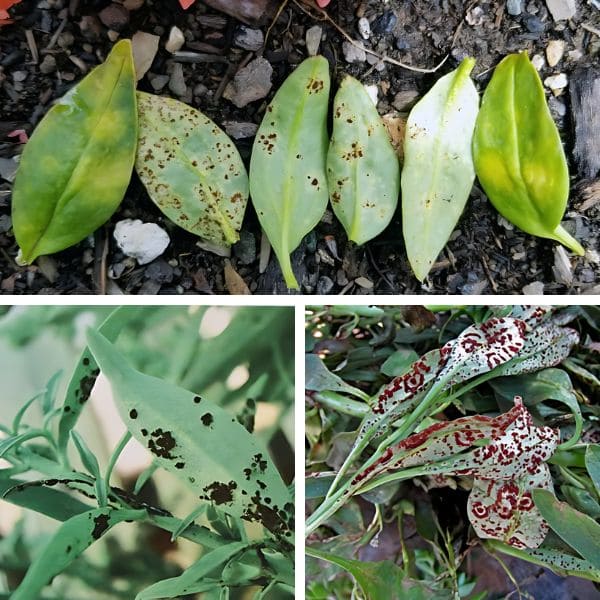
Diseases such as rust, powdery mildew, and root rot can also affect snapdragons. Rust appears as orange spots, while powdery mildew creates a white coating on leaves, hindering photosynthesis.
Ensure good air circulation, avoid overhead watering, and use fungicides for rust and powdery mildew. Prevent root rot by maintaining well-drained soil and removing affected plants.
Common Problems
Yellowing Leaves
This is caused by drought stress, nutrient deficiencies, or incorrect soil pH. Ensure consistent watering, especially during dry spells, and use mulch to retain moisture. Test and adjust soil pH to maintain an optimal range of 6.0 to 7.5.
Poor Growth
This problem can result from overcrowding, lack of nutrients, or heat stress. Thin seedlings to ensure good air circulation and reduce competition. Regularly fertilize with a balanced, all-purpose fertilizer and provide partial shade during extreme heat.
Wilting and Reduced Blooms
These are caused by extreme heat and insufficient watering. Provide afternoon shade in hot climates and ensure the soil is consistently moist but not waterlogged.
Harvest
For Fresh Flowers
Harvest snapdragons early in the morning when two-thirds of the flowers on the spike have opened. Pick the flowers when they are fully open but before they start to fade.
Use sharp, clean scissors or garden shears to make a clean cut at a 45-degree angle, ensuring minimal damage to the stems. Place the cut stems in a bucket of clean water immediately to keep them hydrated and fresh.
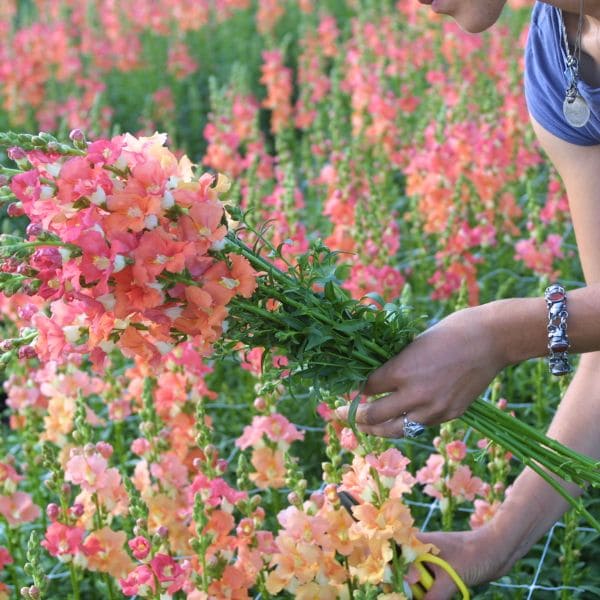
For Seeds
Allow some flowers to remain on the plant until they mature and form seed pods. Once the pods are dry and brown, carefully collect them. Open the pods and shake out the seeds, then spread them out to dry completely.
Store the dried seeds in a cool, dry place in labeled envelopes or containers for future planting.
Preservation
Gather small bunches of stems and secure them with a rubber band or string. Hang the bundles upside down in a cool, dry, and dark place with good air circulation. This method helps the flowers retain their shape and color. It usually takes 2-3 weeks for the flowers to dry completely.
By following these steps, you can dry snapdragon seed pods to create intriguing “skull” decorations that add a unique and creative touch to your decoration.
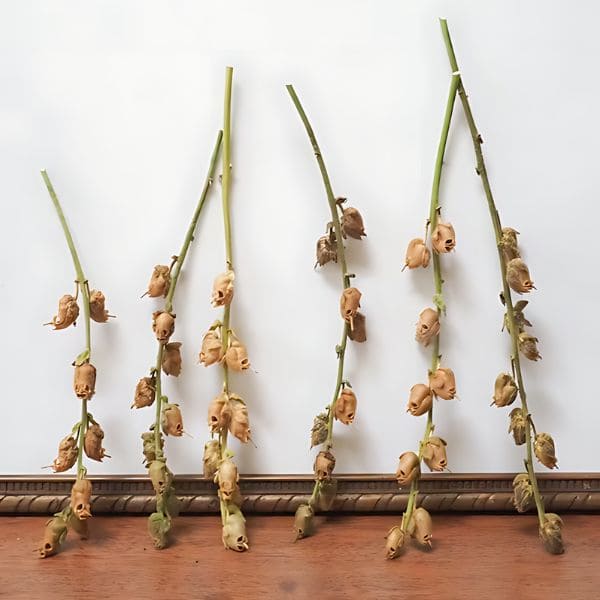
Growing snapdragons can bring vibrant colors and unique textures to your garden. Enjoy fresh arrangements, dried displays, and seed collection by following these guidelines for beautiful blooms throughout the seasons.
